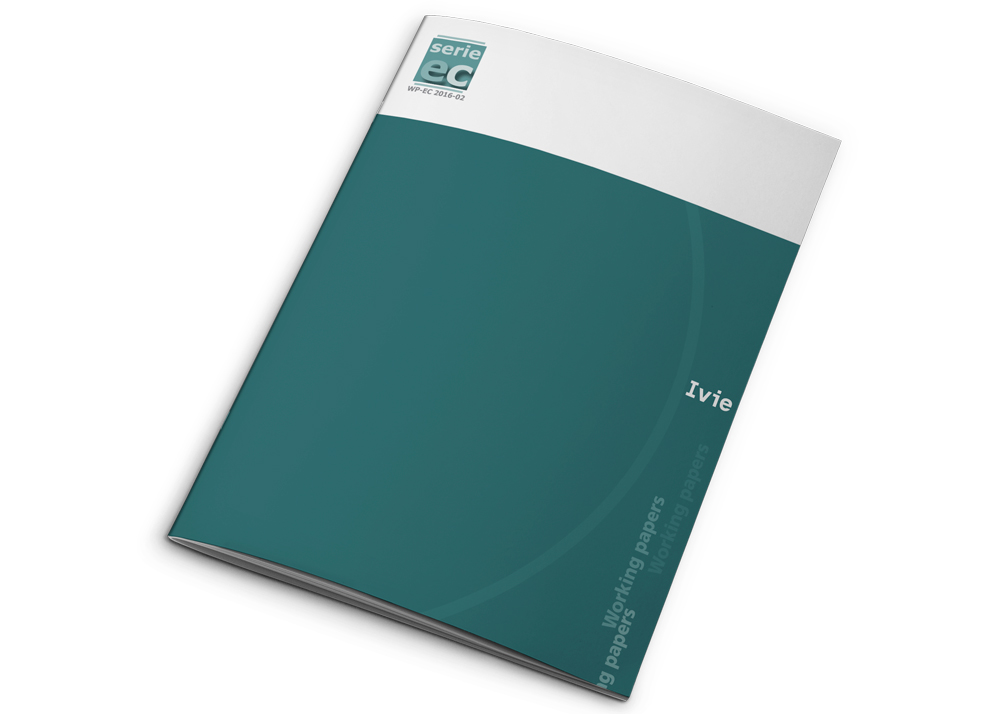Esta web utiliza cookies para que podamos ofrecerte la mejor experiencia de usuario posible. La información de las cookies se almacena en tu navegador y realiza funciones tales como reconocerte cuando vuelves a nuestra web o ayudar a nuestro equipo a comprender qué secciones de la web encuentras más interesantes y útiles.
Publications

WP-EC 2013-01
Población rural y urbana a nivel municipal
Goerlich, F. J. and Cantarino, I.
Year of publication: 2013
Keywords: Population grids, urban areas, rural population, demography.
JEL Classification: R12, R14, R52
Abstract
This paper presents an exercise in the estimation of rural and urban population at municipal level. Our starting point is a population density grid at 1 km2 resolution and national coverage, which has been elaborated previously by the authors. Applying standard criteria in European official statistics (Eurostat) we determine the population that lives in urban clusters (contiguous grid cells with a minimum population density of 300 inhabitants per km2 and a minimum population of 5,000 inhabitants) and outside these clusters, which are called rural areas. Using similar criteria (contiguous grid cells with a minimum population density of 1,500 inhabitants per km2 and a minimum population of 50,000 inhabitants) we determine the population living in urban centers or high density clusters. Transforming this rural/urban grid in rural and urban municipal population is accomplished by means of simple Geographical Information System operations (GIS). In this way, we determine, for each commune, the population that lives in rural areas, in urban clusters and in urban centers, if any of these is present in the commune. Eventually, and also by means of Eurostat criteria, we offer a rural/intermediate/urban typology at municipal and regional level, which we compare with the standard OECD’s typology.


